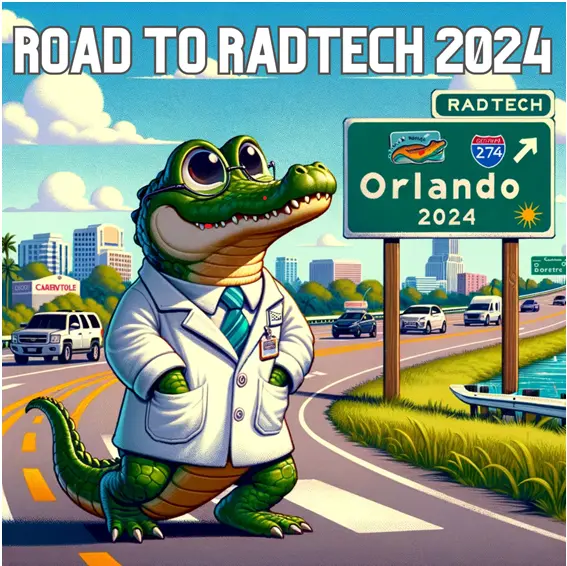Biodegradable Photopolymers: From Chemical Depolymerization to Soil Compostability Webinar
Biodegradable photopolymers: from chemical depolymerization to soil compostability Friday, February 23, 2024 from 12:00 PM – 1:00 PM EST Speaker: Chen Wang, University of Utah Webinar Overview: Photopolymer materials are used in many commodity applications, including adhesives, over-print varnishes, packaging materials, and disposable medical devices such as contact lenses. The vast majority of photopolymer materials directly contribute […]
Road to RadTech 2024 – Webinar on Advanced Lightweight Materials
When Choosing Lightweight Materials, Don’t Forget 100% Solids UV/EB Coatings! Thursday, February 29, 2024 from 2:00 PM – 3:00 PM EST Speaker: Michael Bonner, Saint Clair Systems Inc. REGISTER NOW With electrification across every industry today – most notably in the transportation sector – Advanced lightweight materials are essential. Unfortunately, coatings are generally ignored. But […]
Eliminating VOC Emissions in Your Manufacturing Process and Much More with UV Coatings Technology Webinar
Please join RadTech on March 7, 2024, from 2:00 PM - 3:00 PM EST to learn how to eliminate VOC emissions in your manufacturing process and much more with UV coatings technology. Eliminating VOC emissions in your manufacturing process and much more with UV coatings technology March 7, 2024, 2:00 PM - 3:00 PM EST […]
TAGA Annual Technical Conference
Renaissance Dallas Hotel, Dallas, Texas
Toxic Substances Control Act: The Process of New Chemicals Review Webinar
Join RadTech on March 13, 2024, from 2:00 PM - 3:00 PM EST for a special update on the Toxic Substances Control Act featuring Dr. Alex Stanton, U.S. Environmental Protection Agency (EPA). Toxic Substances Control Act: The Process of New Chemicals Review Webinar March 13, 2024, 2:00 PM - 3:00 PM EST Speaker: Dr. Alex […]







